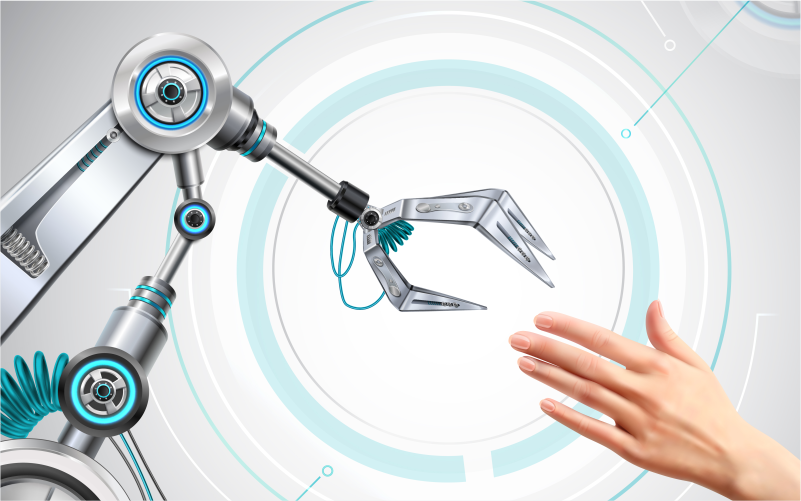Robotic Surgery
Robotic surgery, also known as robot-assisted surgery, is an advanced surgical technique that utilizes robotic systems to assist surgeons in performing precise and minimally invasive procedures. It combines the expertise of the surgeon with the precision and dexterity of robotic technology. Here’s an overview of robotic surgery and its key aspects:

How it Works
Robotic surgery involves the use of a surgical robot, which consists of robotic arms equipped with surgical instruments and a high-definition 3D camera. The surgeon controls the robot from a console in the operating room, using hand and foot controls to maneuver the robotic arms. The surgeon’s movements are translated into precise, scaled movements by the robotic system. The 3D camera provides a magnified, high-definition view of the surgical site, allowing for enhanced visualization.
When is it Used
Robotic surgery is used in various surgical specialties and procedures, including:
Minimally invasive procedures: Robotic technology enables surgeons to perform complex procedures through small incisions, resulting in less scarring, reduced blood loss, and faster recovery times compared to traditional open surgery.
Urologic surgery: Robotic systems are frequently used in urologic procedures such as prostatectomy, nephrectomy, and bladder reconstruction.
Gynecologic surgery: Robotic surgery is employed in gynecologic procedures such as hysterectomy, myomectomy, and endometriosis treatment.
Cardiothoracic surgery: Robotic systems are utilized in procedures such as mitral valve repair, coronary artery bypass surgery, and lung resection.
Colorectal surgery: Robotic technology is increasingly used in colorectal procedures, including colectomy and rectal resection.
Benefits and Considerations
Robotic surgery offers several benefits for both patients and surgeons, including:
Enhanced precision and dexterity: Robotic systems provide surgeons with increased precision and maneuverability, allowing for delicate and complex movements in tight spaces.
Improved visualization: The 3D high-definition camera provides a detailed view of the surgical site, enhancing visualization and enabling more accurate surgical maneuvers.
Minimally invasive approach: Robotic surgery allows for smaller incisions, leading to reduced trauma to the body, minimal scarring, less post-operative pain, and faster recovery times.
Reduced blood loss and complications: The precise movements and improved visualization offered by robotic systems can potentially lead to reduced blood loss, fewer complications, and shorter hospital stays.
Shorter learning curve: Surgeons can often learn to use robotic systems relatively quickly, allowing for a shorter learning curve compared to other advanced surgical techniques.
However, there are considerations with robotic surgery:
Cost: Robotic systems can be expensive to acquire and maintain, and the cost may be transferred to the patient in some cases.
Training and expertise: Surgeons require specialized training and expertise to operate robotic systems effectively and safely.
Limited tactile feedback: Unlike traditional surgery, robotic surgery lacks direct tactile feedback, which can be important in certain procedures.
Robotic surgery represents a significant advancement in surgical techniques, allowing for increased precision and improved patient outcomes. It is important for patients to consult with their healthcare providers to determine if robotic surgery is appropriate for their specific condition and to understand the potential benefits and considerations associated with the procedure.







